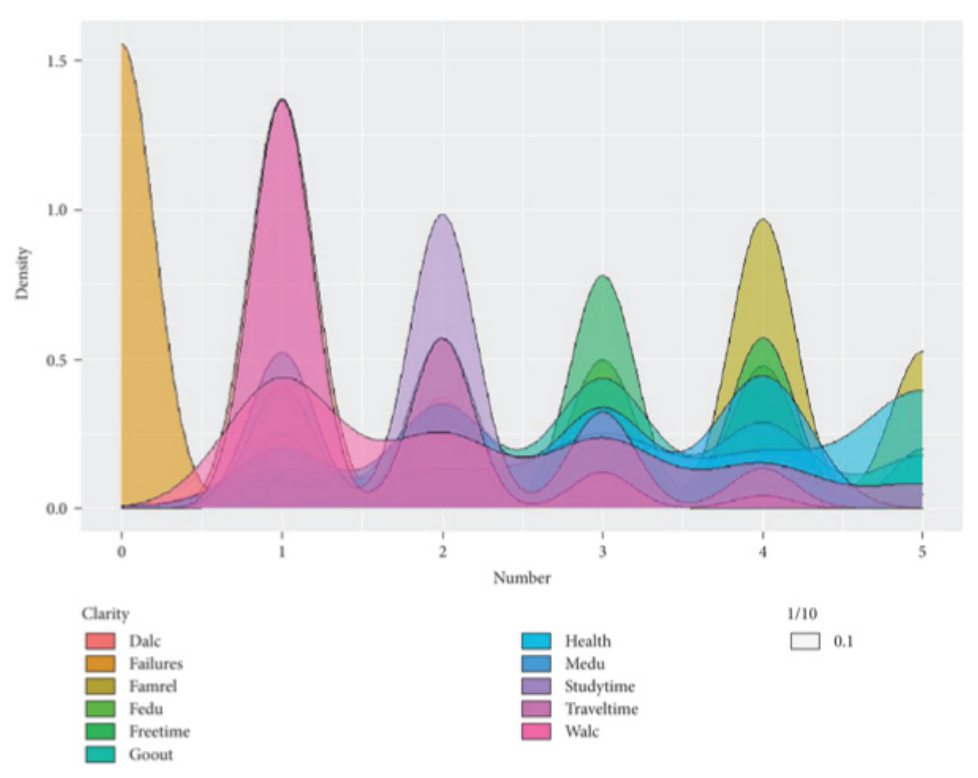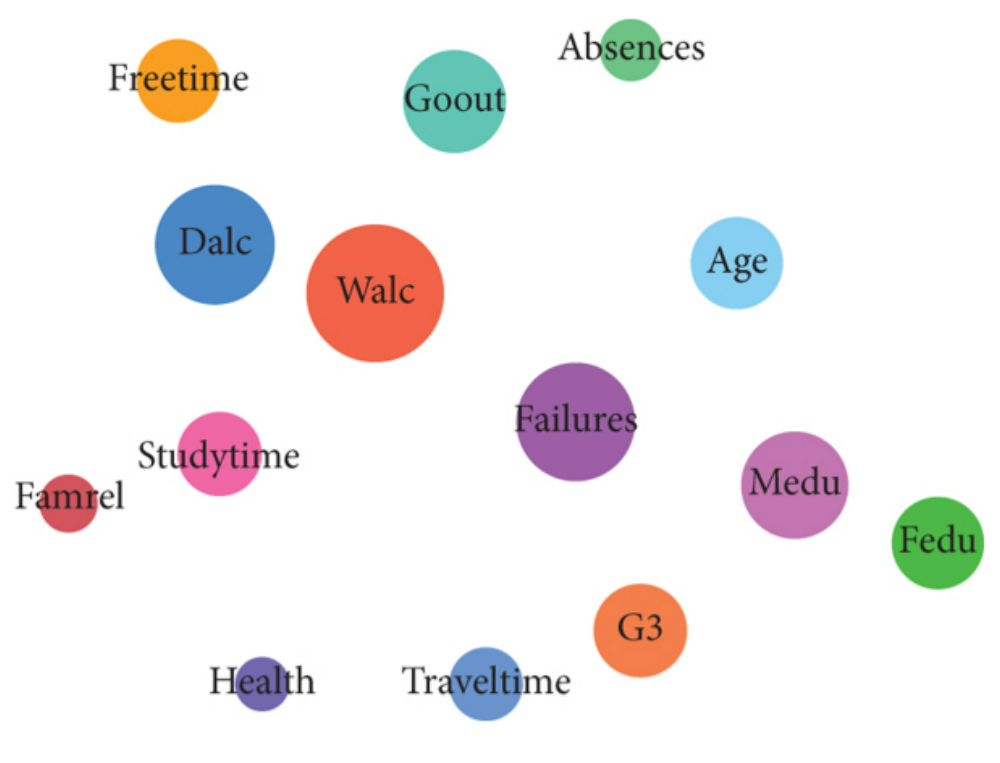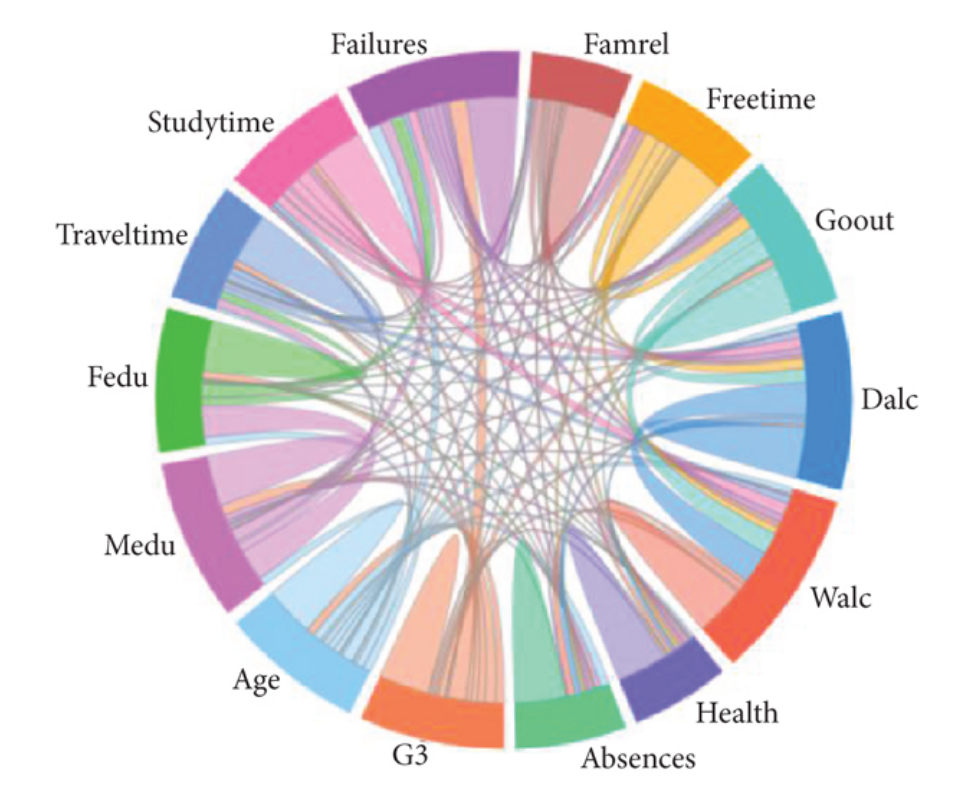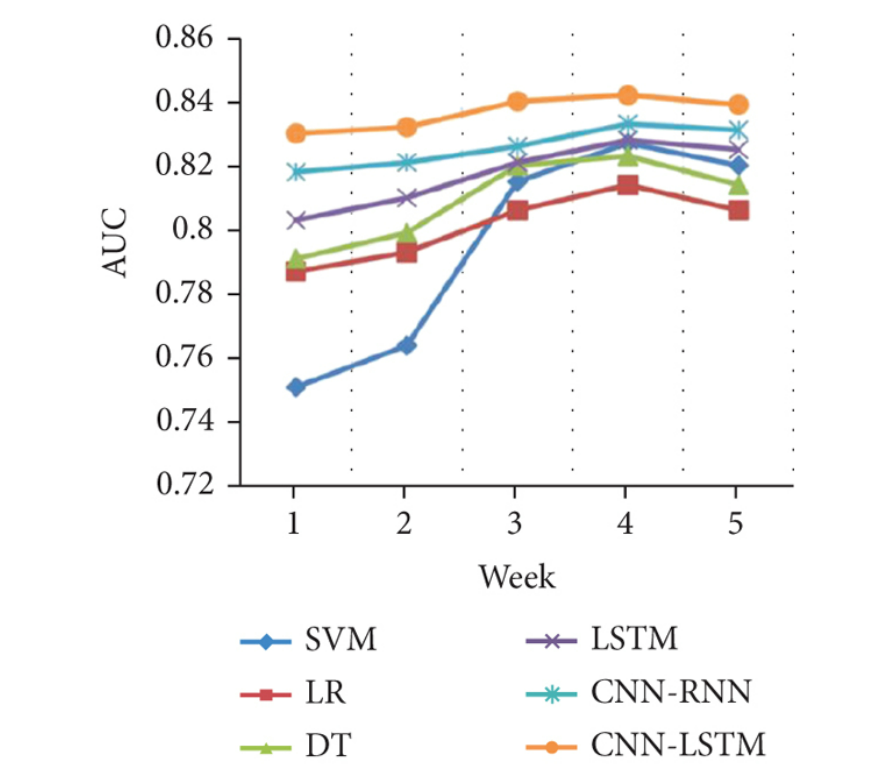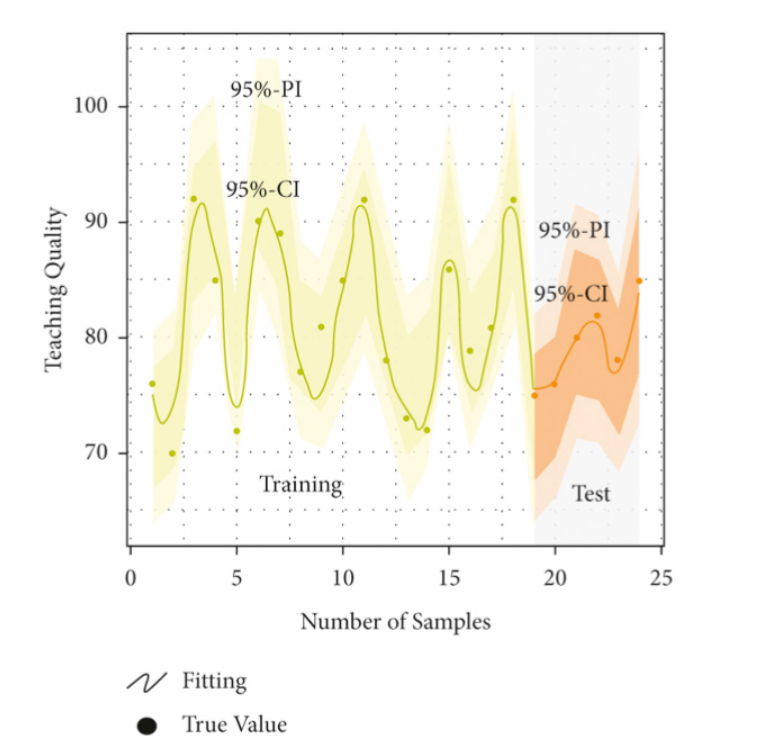 An open access journal
An open access journal
Educational Chatbots for Student Counseling and Support Services
Abstract
Educational chatbots have gained prominence as a valuable tool for providing student counseling and support services in educational institutions. This paper explores the significance of educational chatbots, emphasizing their role in delivering personalized guidance, emotional support, and timely information to students. It delves into the design principles and functionalities of educational chatbots, including natural language processing, adaptive responses, and 24/7 availability. The discussion includes the benefits of educational chatbots, such as enhanced student well-being, increased access to counseling services, and improved retention rates. Moreover, the paper addresses the challenges and considerations in implementing educational chatbots in educational settings, including data privacy, ethical considerations, and the need for continuous improvement. Through a review of empirical studies and case examples, the study highlights the positive outcomes associated with effective educational chatbots, including reduced stress levels, improved academic performance, and greater satisfaction among students. The conclusion offers recommendations for educators and institutions interested in adopting educational chatbots, emphasizing the importance of user-centric design, data security, and ongoing evaluation to ensure the success of student counseling and support services.
Share and Cite
Article Metrics
References
- Anderson, J., Huttenlocher, D., Kleinberg, J., & Leskovec, J. (2016). Steering user behavior with badges. Proceedings of the 22nd ACM SIGKDD international conference on knowledge discovery and data mining, 2135-2144.
- Bickmore, T., & Picard, R. (2005). Establishing and maintaining long-term human-computer relationships. ACM Transactions on Computer-Human Interaction (TOCHI), 12(2), 293-327.
- Cui, L., Chu, T., & Su, Z. (2018). Designing an AI tutor: A decision tree-based approach. Proceedings of the 25th International Conference on World Wide Web, 1023-1032.
- D'Mello, S., Dowell, N., & Graesser, A. (2011). Multimodal semi-automated affect detection from conversational cues, gross body language, and facial features. User Modeling and User-Adapted Interaction, 21(1-2), 139-170.
- Grolnick, W. S., Kurowski, C. O., Dunlap, K. G., & Hevey, C. (2000). Parental resources and the transition to junior high. Journal of Research on Adolescence, 10(4), 465-488.
- Kapoor, A., Burleson, W., & Picard, R. W. (2007). Automatic prediction of frustration. International Journal of Human-Computer Studies, 65(8), 724-736.
- Lester, J. C., Converse, S. A., Kahler, S. E., Barlow, S. T., Stone, B. A., & Bhogal, R. S. (1997). The persona effect: affective impact of animated pedagogical agents. In Proceedings of the ACM SIGCHI Conference on Human factors in computing systems, 359-366.

